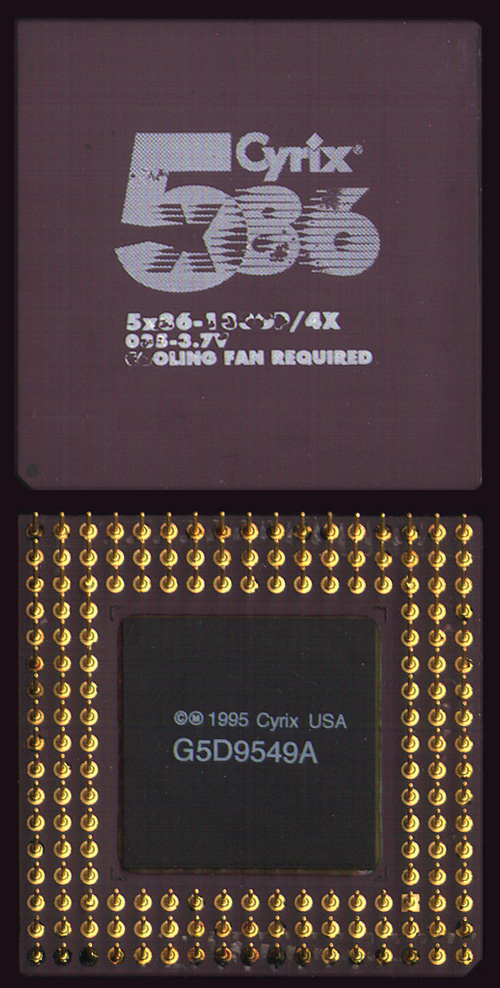feipoa wrote:sliderider wrote:I'm not going back through 8 pages to see if anyone posted it yet...
Neither am I, but I think it was brought up here; I know I've read through that link once or twice. The Ultimate 686 Benchmark Comparison includes data for a Cyrix MII up to 400 MHz as well as a Celeron at 300 and 400 MHz.
Yes, it was brought up several times. Also pointed out was the less than ideal motherboard used among other things. (and maybe some that weren't mentioned)
He used an SiS based SS7 board (Asus P5S-B), which was among the slower/weaker SS7 chipsets (which already weren't stellar comped to contemporary Intel chipsets -even LX- and the better VIA Slot-1/S370 examples).
No K6-2s or IIIs compared either, so missing the more foolproof apples to apples comparison too. (ie CPU being only variable)
On top of that, he compared used an overclocking comparison without attempting higher FSB speeds on the MII, so the Celeron got a 50% RAM and core speed boost while the MII just got the multiplier bumped and RAM/L2 stuck at 100 MHz, on top of the slow chipset. (from what I recall in old archived forum discussions, even pushing the SiS boards to 133 MHz wouldn't match DRAM performance of good-quality Aladdin V or MVP3 boards running at stock 100 MHz, and even those boards were still -usually- well behind their BX counterparts, more in the range of 66 MHz BX or LX bandwidth -benchmark/application dependent)
That said, it should also be noted that, even under good conditions, the MII's integer computational performance (dhrystone) wasn't much (or at all) ahead per-clock compared to the PII/III/Celeron (though it shouldn't be lagging behind like in that article).
The MII's (M1's) advantages were never in raw integer (or floating point) computational performance, but of a combination of design features that resulted in strong application performance in certain integer/memory/logic/cache intensive operations. (the L1 cache performance was always strong, and I/O performance was strong by S7 standards -consistently ahead of AMD, though the P55C benches faster for RAM, at least in Sandra)
The gold standard for this was the Cyrix winstone scores, along with some similar benchmarks (though winstone was the most trusted/respected of them iirc). Unfortunately winstone wasn't able to be included in the ultimate 686 benchmark comparison. (iirc noone could find a working copy/image of it of the right vintage)
And even so, Cyrix was also getting sloppy (or desperate) with the PR values used for those late model MIIs. (the 300s really should have been marked as 266s -along with the 2.5x86 MHz model; the 333s should have been 300s, the 366 should have been 333 -or maybe 350, the 400 should have been 366 or 380, and the 3x100 MHz 433 probably a PR 400 at best)
